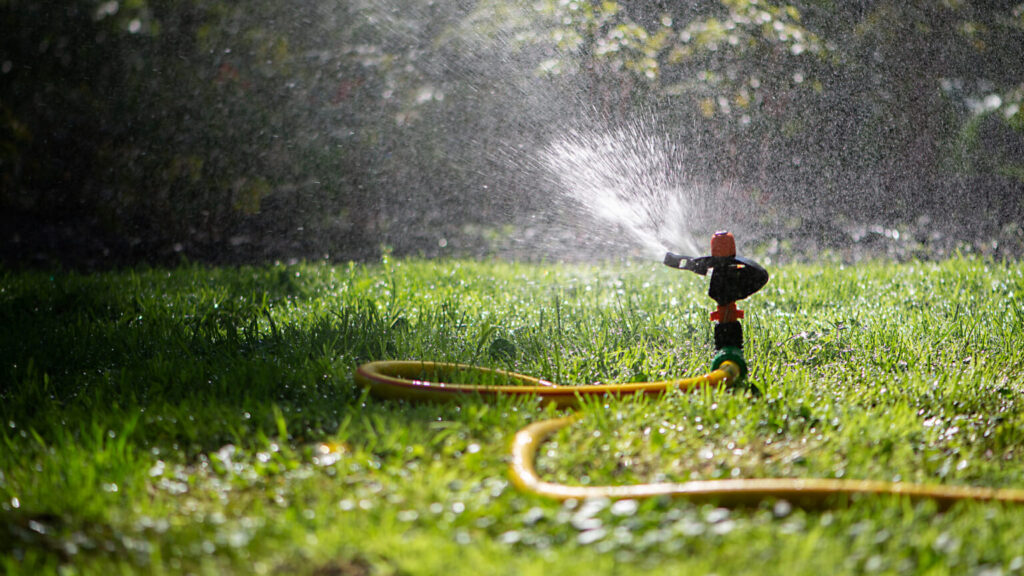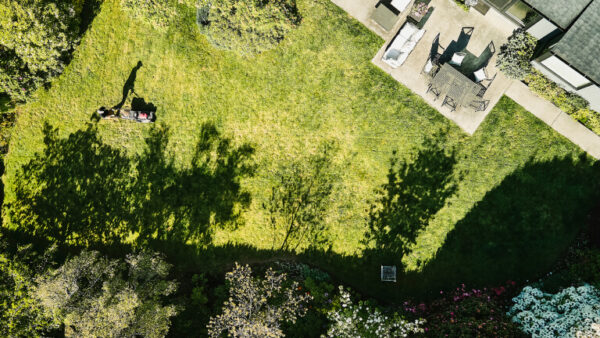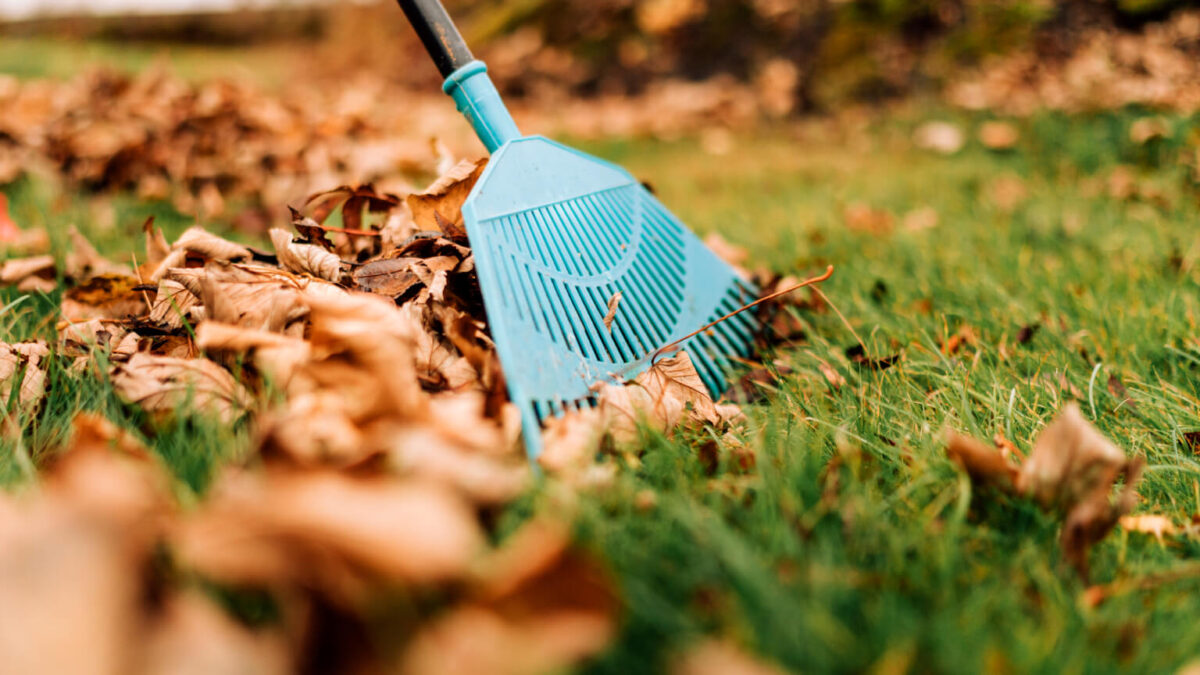8 Essential Warm Weather Lawn Care Tips

Warm weather brings its own hazards to your lawn, which is under attack from the hot summer sun, weeds, insects, and, of course, foot traffic from entertaining guests and kids playing.
Whether you have a sprawling estate with extensive landscaping or you live in an urban neighborhood with more shrubbery than lawn, there are always warm weather lawn care tips that can help your outdoor home. Keep your curb appeal looking great and your lawn looking beautiful with these 8 tips to keep it looking fresh under the blazing sun.
1. Assess your lawn type and geographic location
Determine what type of lawn you have before you start reading up on what type of lawn care to perform. In many countries like the U.S., you can look at the Plant Zone for your state and municipality. This will help you determine the growing season for your lawn as well as shrubbery and landscaping. It will also show you information on watering, soil, and lighting requirements for your geographic location.
For example, if you live in the Southwest, you may need to evaluate having a lawn to start with, considering water restrictions and the viability of green grass in 100+ temps. Many homeowners opt for landscaping with stones or other ideas. In other areas, like the Pacific Northwest, you’ll have your hands full with wild grass growth amid wet weather.
2. Identify trouble spots
Once you have determined your plant zone it is now time to look at the climate of your own lawn. Late summer usually means hotter sun rays for longer portions of the day. Monitor your grass to see if certain spots are lacking water or are getting attacked by seasonal bugs or even disease. See tips below for fighting bugs and dead grass.
Consider hiring a lawn care service in your area if you’re unfamiliar with local distress conditions your landscaping can endure. Shade trees, overhangs off of your home, and shade from your home could help plants that are in distress from the sun, while those that are not shielded should be hearty plants.
3. Water and aerate
How much you water your lawn depends on where you live, with Southern and Western lawns requiring more water due to the higher sustained temperatures. According to Milorganite, lawns can require one inch of water per week.
Aeration is another way to make sure your lawn is getting the best chance of surviving a hot summer.
“Lawn aeration is the process of puncturing the soil with small holes that aid vital elements, such as air and water, to enter the grassroots. This process helps the roots to grow deeply, which in turn produces a stronger and livelier lawn,” according to Trees.com.
You can aerate your lawn with a hand tool, a liquid aerator, or a power tool like a spike tool aerator that you can attach to the back of your lawn mower.
4. Don’t let your lawn get bugged
Ants, worms, grubs, beetles … oh my! These tiny creatures may not look like much, but they can wreak havoc on your lawn and landscaping in the warmer months.
Grubs, for example, can munch away at the roots of your lawn and you won’t realize it until, suddenly in late summer, you have weird brown and dead spots across your once-green yard.
Beetles can tunnel throughout your yard and dry out your soil or make it unstable.
Summit Turf Services recommends using a brand-name lawn product or having a lawn professional treat your yard to eliminate insect damage, but also offers some other options on their website:
- Keep your lawn mowed and the landscaping trimmed. This limits the places bugs have to hide and breed. Watch for standing water in flower pots, trash cans, and other containers as these are breeding grounds for bugs, especially mosquitoes. Try using sand to dry the damp areas under the deck or around outside faucets.
- Essential oils are great for their bug-repelling power and aroma. Mix peppermint, lemongrass, and citronella oils together for a great homemade outdoor bug spray.
- Consider spices. Ants hate cinnamon and chili powder. Sprinkle these spices on your grass for a bug barrier, and don’t forget around the deck and picnic areas. If you have ant mounds in your yard already, boiling water and mint tea will kill the ant colony.
5. Mowing and feeding your lawn
While you may not think that mowing your lawn can have any effect on the growth of your grass or its health, think again. Mowing your lawn with a dull blade lawnmower can shred the tops of grass and leave it looking bad and unkept. Grass that is cut too low can result in too much sun reaching the roots of your lawn and cause it to burn.
Scotts.com offers different stages of lawn grass care throughout the summer. In the first part of the season, they recommend mowing high to allow your grass to grow deeper roots for better water access. Scotts also suggests weeding and treating for bugs, while remembering to let those grass clippings stay on top of the fresh-cut lawn. Did you know they will break down and ultimately feed your lawn?
As it gets hotter throughout the summer season, water your yard in the morning, while it’s at the coolest temperature it’ll be all day. “As summer heat builds, your lawn will lose less water to evaporation if you time waterings for between 6 and 10 a.m.,” according to Scotts.
Feeding your lawn is also important, “Feeding in the early summer helps strengthen the lawn so it can better withstand the heat and drought conditions that summer is famous for.” Scotts offers different lawn food for different climates.
6. Should you use fertilizer in the summer months?
The University of Minnesota Extension office suggests that you avoid using fertilizers when your plants are under heat or drought stress. For grass lawns, don’t apply fertilizers until moisture arrives to ease that drought issue.
Their website explains, “Fertilizers are not accessible to plants in very dry soils.” If you do fertilize in the summer, tips include watering the soil before using the fertilizer which allows water to soak into the ground and avoiding washing granular fertilizer into hard surfaces like sidewalks, driveways, and streets.
7. What if your grass is already brown?
Brown grass isn’t necessarily dead. It may just be dormant. How can you tell? According to Green View Fertilizer, “Dead grass appears brown and lifeless, no longer holding the green color or upright posture of healthy grass. Because it is dead, this grass can not be revived or brought back to health. Appearing almost exactly the same as dead grass is dormant grass. Dormancy is a protective mechanism that allows cool-season grasses to conserve nutrients and energy in order to survive the heat of the summer.”
Green View Fertilizer recommends doing a “tug” test to see if your grass is dead or dormant. “Simply pull a handful of grass from your turf. If the grass is easily removed from the ground, it is dead; if the grass has some resistance, it is likely in a dormant state.”
You can also water a patch of the grass more than usual to see if it comes back to its green color.
If it’s dormant, water it sparingly, only mow as needed, and avoid fertilizing it.
If your lawn has dead grass that has accumulated in thickness, it could need dethatching or raking to remove the accumulated dead grass or “hay.” This will allow air and sunlight to reach down into your healthy grass to promote healthy growth stimulation. Consult a lawn service professional if you are unsure of how much thatch to remove.
8. Consider changing it up completely
A traditional lawn of grass may not be the answer for you. Grass lawns can take a lot of time and sometimes are not suitable for certain climates.
Take a look at your space and see if there are other options more suitable to your taste and energy level, like stone or gravel paths surrounded by different ground cover options like mulch, moss, flower beds, or water features.
Check out some of our options for yard features here.
The bottom line
Basically, your lawn is what you make of it. Keeping a grass lawn green and healthy can be a lot of work, but you may find that work stress-relieving and it may turn into a satisfying hobby. Warm weather brings its own challenges to yard work, but with our helpful tips, you can have a yard to be proud of.



